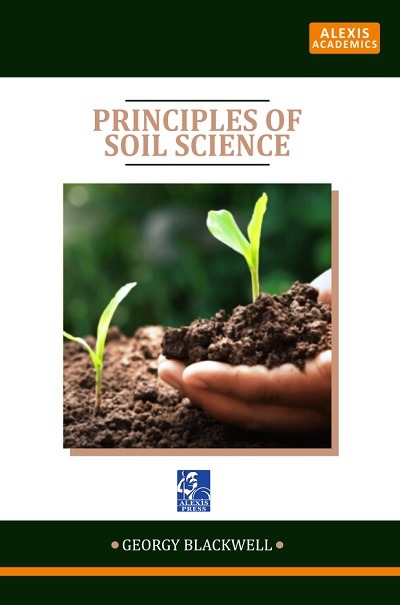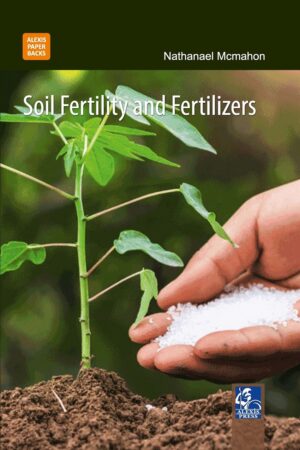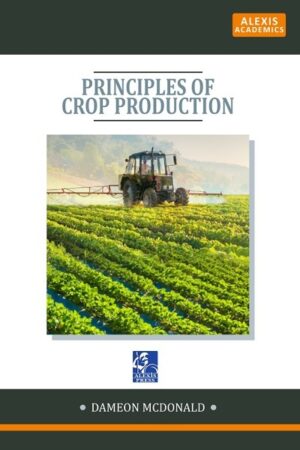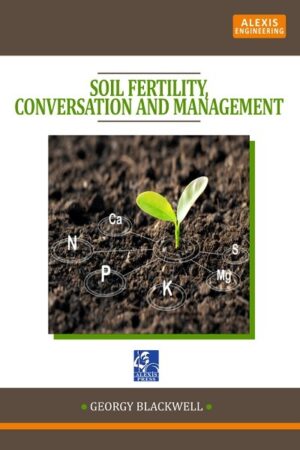Physiology of Vegetable Crops
Description
Vegetable farming is the growing of vegetables for human consumption. Traditionally it was done in the soil in small rows or blocks, often primarily for consumption on the farm, with the excess sold in nearby towns. Vegetable is a culinary term. Its definition has no scientific value, and is somewhat arbitrary and subjective. Any part of an herbaceous plant that humans eat whole or in part is a vegetable, except for culinary fruits and arguably grains, nuts, herbs, and spices. Also, mushrooms are commonly considered vegetables, despite belonging to a different biological kingdom, namely fungi (which used to be classified as plants). The major vegetable crops grown in the India are many but in this chapter only potato and onion are considered. During the period 1970 to 2004, the increase in area under potato was observed approximately three times followed by onion (2.6 times). The area under onion and potato registered the positive and significant compound growth rate of 3.19 and 2.99 per cent per annum, respectively. The production of potato and onion increased approximately five times and three times, respectively. Rooting in stem cuttings can be important means of vegetative propagation for afforestation purposes. In arid zones, quick establishment of plants with ample root systems is a necessity. In arid regions, water in the form of precipitation is available only in the rainy season, and the plants must be established in suitable conditions of soil moisture. Therefore, rooted stem cuttings are more useful than seed sowing because rooted cuttings are far better able to survive in the stressful environment of the desert than delicate seedlings. This book provides scientific knowledge on the role of both major and minor nutrients, adverse climatic and other related factors in the growth and development of physiological disorders of vegetable crops.
Physiology of Vegetable Crops
Only logged in customers who have purchased this product may leave a review.







Reviews
There are no reviews yet.